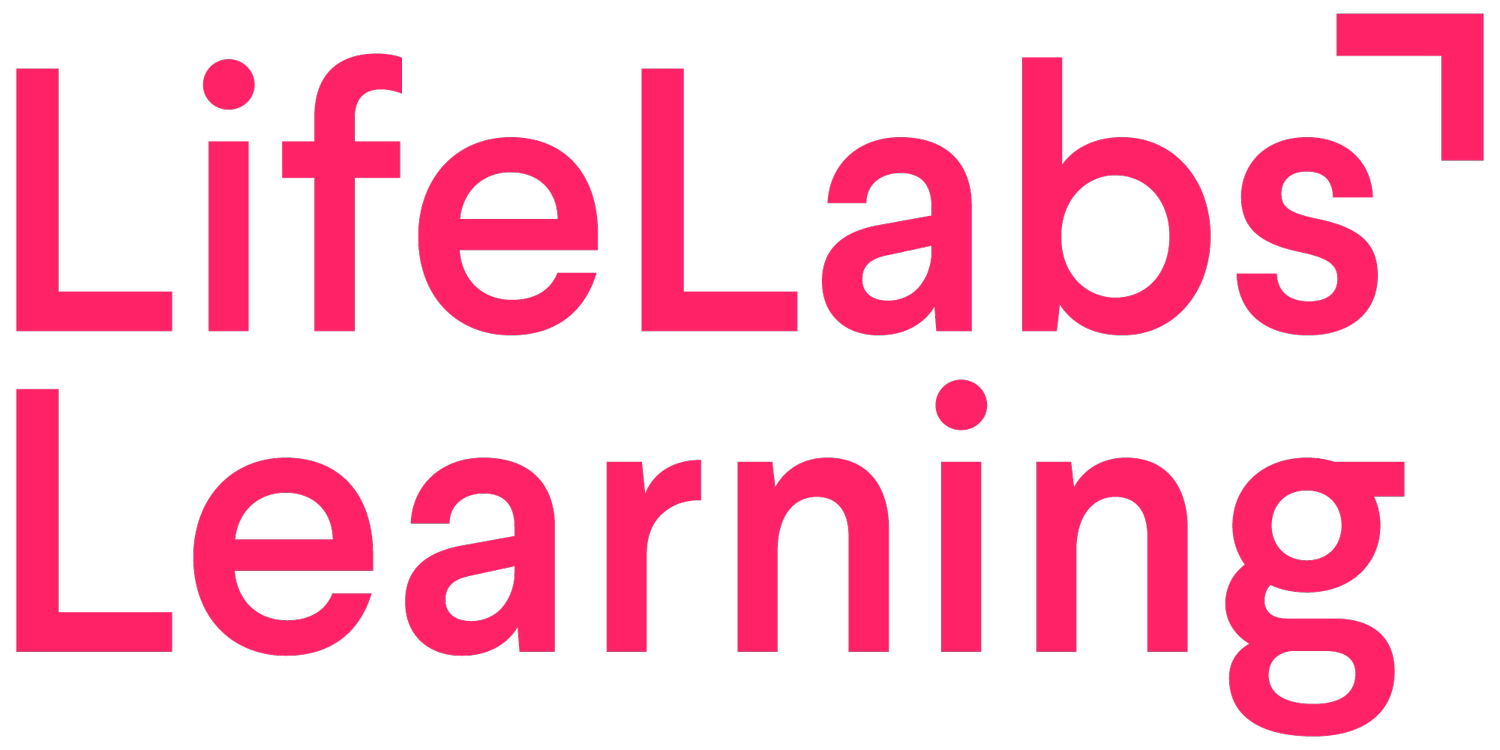Rethink your teams
It’s a rainy day in New York City and I’m sitting in a circle of chairs with the executives of my company. We’ve just played “two truths and a lie” and are about to start an activity that involves lots of post-it notes on a white-board. The goal is that we’ll emerge from our conference room hours later, dust off the muffin crumbs, and be a high-performing team.
Sound familiar? My guess is you too have been involved in similar “team building” sessions yourself. Heck, in my 15 years as a facilitator, I’ve led my fair share as well. The quest is a noble one as teams are a huge driver of performance, innovation, and even organizational resilience when they work well.
And you know what, sometimes the team-building approach works. But often it doesn’t. And the sad fact is that even if it does work, the results don’t last. Teams change, roles change, needs change - and that’s only happening more frequently than ever before. So how do you quickly create great teams that have lasting, organization-wide impact?
At LifeLabs Learning, we wanted to answer this question for our clients, so we kicked off a months-long research process. The LifeLabs Learning research team combed through the literature on what makes great teams, analyzed findings from hundreds of conversations with team leaders, and conducted interviews with folks that were on high performing teams. What we found was both surprising and unlocks a tremendous amount of opportunity for the future of organizations. Enjoy!
Finding #1: We’re thinking about teams too narrowly
The definition of “team” in organizational psychology is “a bounded group with a shared goal that has to work interdependently to get it done.” For the majority of the 1800+ organizations we work with, that describes how almost all work gets done - making virtually every interaction at work is a team effort whether you sit on the same part of the org chart or not. However, we found that people don’t treat all of these interactions as team efforts, particularly when they’re cross-functional.
This highlights a huge opportunity: what if we expanded the way we thought about “team” to include every interaction between interdependent parties with a shared goal - even if those relationships are temporary? That’s what we did in our research and we found that the same skills and behaviors that contributed to primary teams working well together also applied to even temporary, cross-functional group work. So by treating all interactions as team interactions you can improve outcomes across the whole organization, regardless of team.
Finding #2: Team skills are individual skills
Picture this: sales and engineering leaders are now a team, clients and account managers are now a team, and a project group coming together to plan the hackathon are now a team. And one person can sit on all of these teams simultaneously. That means that team skills really start at the level of individual behavior - behaviors that can be transferred from group to group or team to team.
The opportunity here is massive: as organizations require greater agility in the face of rapid change, you no longer need to rely on a group of people staying together to work well. Given that the average tenure for an employee is shorter than ever before- that flexibility is critical. With the right skills, every person in your organization can now join any group and get high-performing team results. You get the benefit of teamwork without having to start team-building from scratch every time someone’s role changes.
Finding #3: Team building happens every day
Team building lovers, fear not. There is still value for frequent collaborators coming together, specifically to build psychological safety, align on shared goals, and agree on collaboration norms. The difference is that you don’t need people to actually learn the skills together, you just need them to apply the skills together. That means employees can learn team skills once and then do team building throughout their day-to-day interactions.
This approach is not only more pleasant than 6 hours in a conference room, it leads to longer-lasting results. Research shows that elements of great teams, things like trust, psychological safety, and productive conflict all require continual maintenance and upkeep. Once your people know the skills to do it, they are empowered to be team builders all the time. Small change, big impact.
The Successful Teams Toolkit
A team effectiveness accelerator
This downloadable toolkit is designed to help people quickly accelerate their effectiveness and feel more joyful productivity. Every person who works on a team or cross-functional group can become more effective, faster, with the right skills and tools.
Get instant access to 15 free tools & templates to up your collaboration and team skills.


